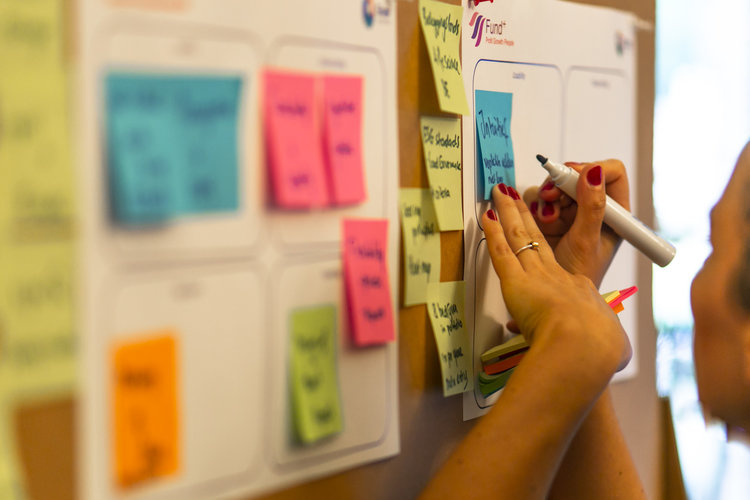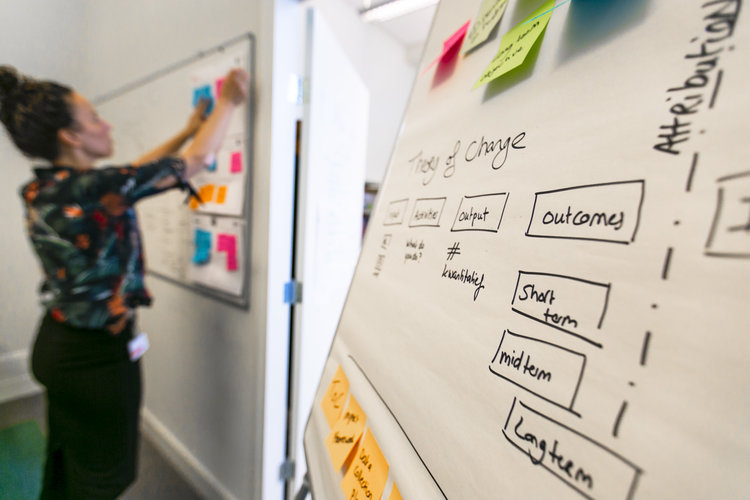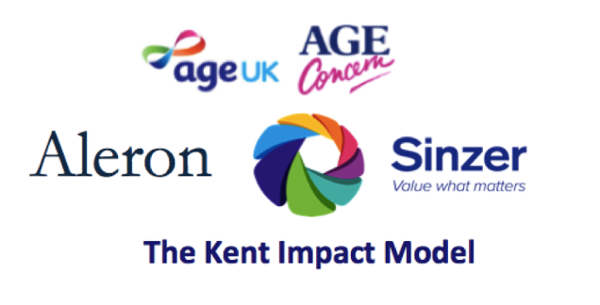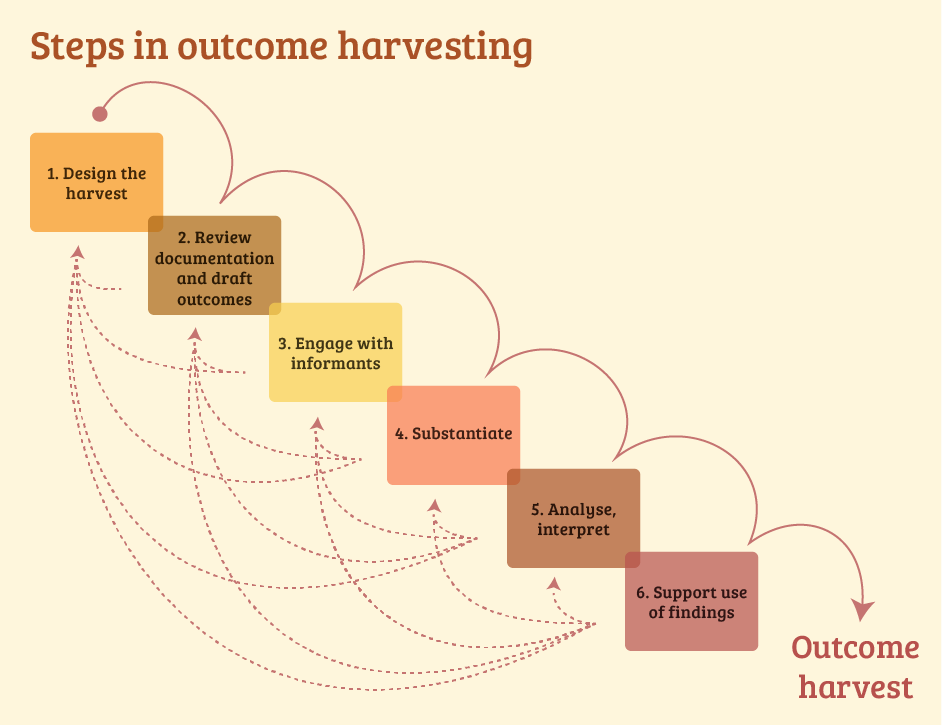During the Social Value Members Exchange 2016 in Birmingham last November, Aleron and Sinzer jointly presented the Kent Impact Model (KIM), an impact framework developed on the Sinzer software platform to help a Consortium of 20 charities in Kent delivering services to the elderly, measure and manage the impact of their work.
The process of developing the Model started in early 2015, when the concept was brought together by a Consortium of independent local charities in Kent – a collaboration of 20 organisations, made up of local ‘Age UK Brand Partners’ (independent charities but using the Age UK brand) and ‘Age Concerns’, another set of independent charities. It was the Consortium that came up with the concept for the Framework and business/system requirements.
To enable this to progress funding was successfully found through the SIB ‘Social Investment Business’ (Central Government UK) and sourced through the ‘Impact Readiness Fund’. One of the IRF and SIB grant conditions was collaborating to build the Impact Framework with an approved Impact consultancy – for which the Consortium partnererd with London-based consultancy Aleron.
Using the Sinzer software platform
A specific request of the Consortium was to operationalize the model by means of an IT system, in order to make data collection and measurement more consistent, as well as access aggregation and benchmarking options. Working with the Consortium Aleron co-developed the final Framework model, after which the system requirements matched to the Framework model, were taken to search a software developer. Sinzer, an Amsterdam based organisation offering software solutions for social impact measurement and management, was selected to develop the solution against its proven platform in early 2016. (Sinzer’s software platform can be used to develop bespoke impact frameworks, collect data via online surveys, view results in a dashboard and export impact reports.)
Currently, the Kent impact model has been “digitalized” on the Sinzer software platform and has been tested in several training sessions. Staff and other users have been trained and instruction materials have been delivered. Front line staff in each one of the Consortium’s member organisations will soon start using Sinzer to collect data by surveying elderly people that visit the locations, over three measurement points in time. Collected data can be analysed on individual client level as well as per each of the Consortium’s locations by using Sinzer’s dynamic dashboard and ‘slice and dice’ functionalities. Moreover, data collected from all locations can be analysed and visualised in an aggregation dashboard, which can also be used to benchmark the different locations of the Consortium.
Lessons learnt
The Kent Impact Model (KIM) provides the Kent’s Consortium with a better understanding of clients and service delivery through more robust evidence, as well as providing the ability to show something tangible: not just a process change, but a mindset change supported by a specific software tool.
Some of the immediate benefits include:
- Real understanding of impact across the Network
- Common guidelines/training standards
- Having a county-wide view for the first time
- Commissioners onboard
- Data will feed into contract bids and research projects
- Development process built consensus and started indirect conversations around service design and ‘what works’
Next steps for KIM
Recognizing that measuring impact is an iterative process, possible next steps for KIM could include:
- Linking in control groups
- Integration with CCG datasets, via NHS numbers
- Data analytics capacity building
- Introducing the tool to other Networks and organisations outside of the Consortium.
Interested in learning more, or want to know what the KIM looks like in the Sinzer software? Download the case study here.
Download the Case Study
Topics: Social impact management, Social impact measurement, social impact framework, Social impact management software, Social impact measurement software, Benchmarking, Social Impact Management Framework, Aggregation
#socialinnovation #impactinvesting #charity #csr #esg #mba #wbs #thsectorinc #sinzer #love #peace #government #collectiveimpact #socialfinance





